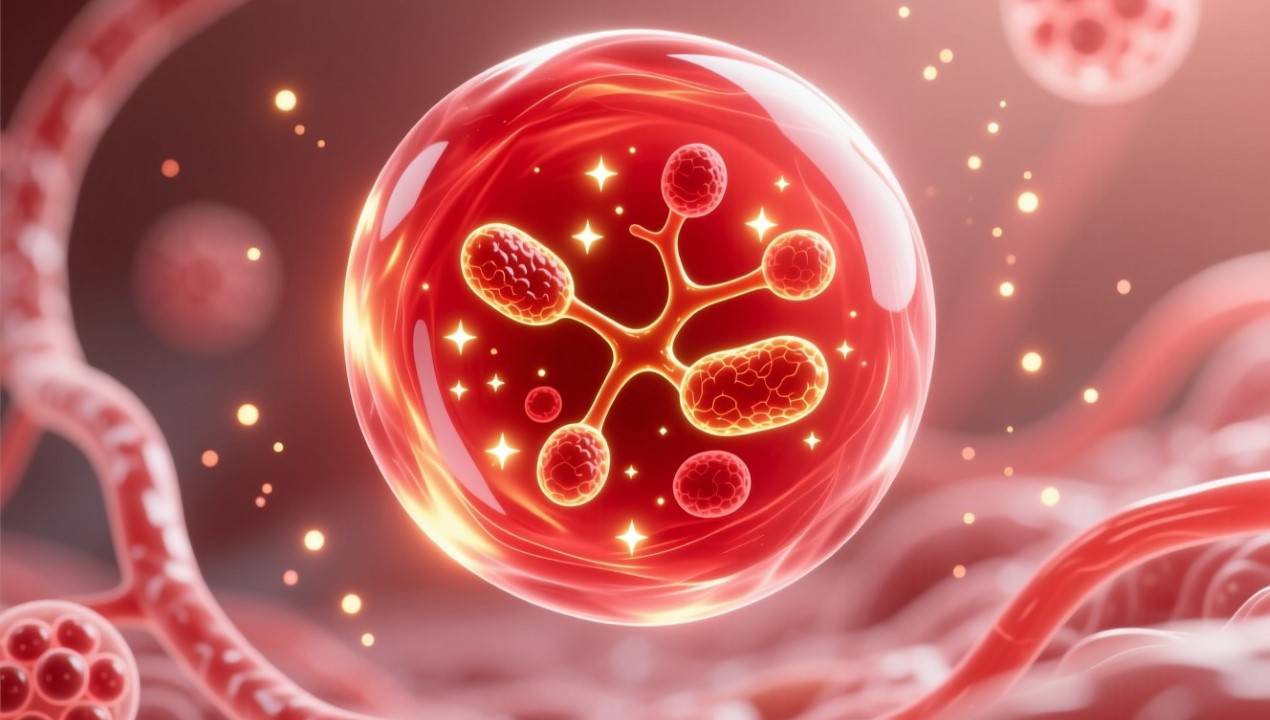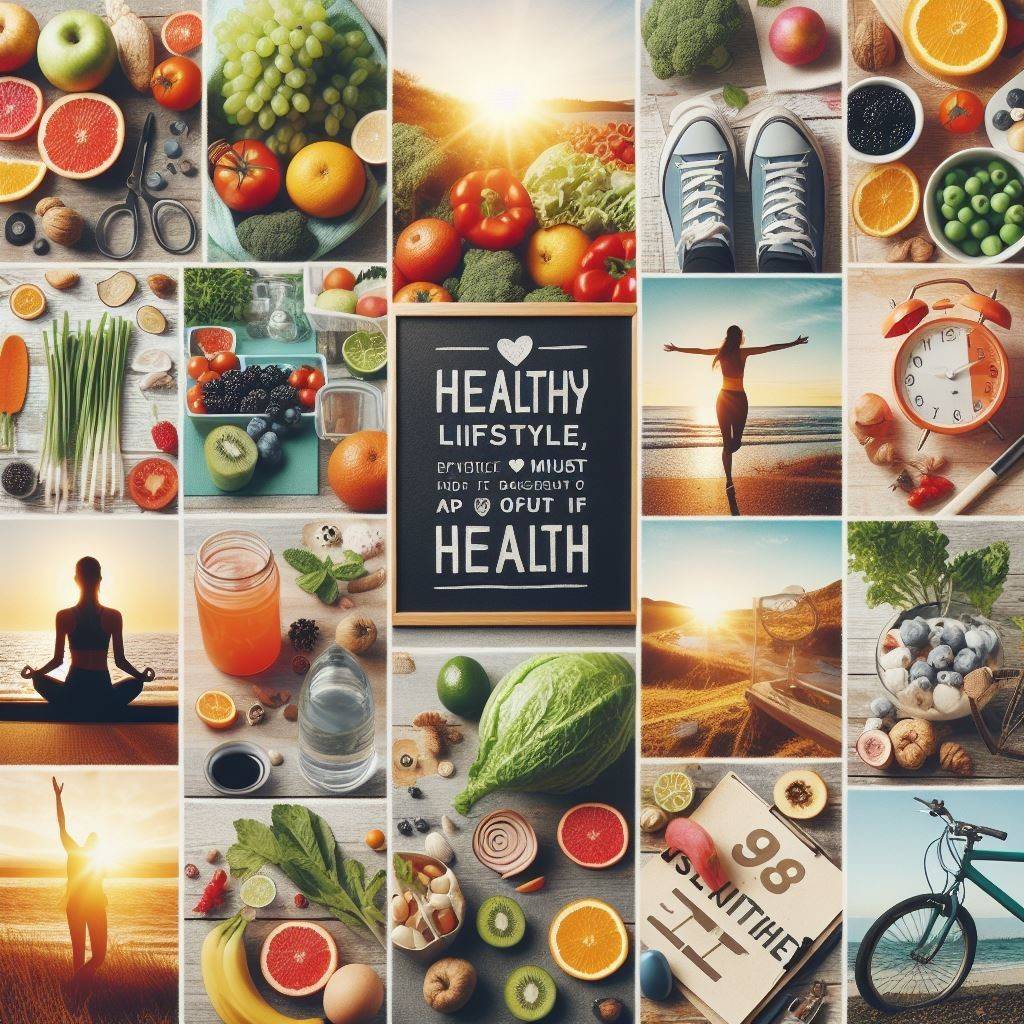How to treat anemia iron deficiency is a question that comes from a place of deep fatigue. If you’re reading this, you might feel worn out, foggy, and just not yourself. Let’s be clear: that constant tiredness isn’t normal, and it isn’t your fault. It’s your body’s way of sending a signal. It’s saying, “I can’t get enough oxygen!” The fantastic news is that this is a problem with a solution. You can fix it. This guide will walk you step-by-step through the latest and most effective ways to fight iron deficiency and reclaim your vitality.
I’ve talked to countless people who brushed off their symptoms for months. They thought, “I’m just busy,” or “I’m getting older.” But when they discovered the actual cause was low iron, and they learned how to treat anemia iron deficiency, it was like a light switched back on. We’ll use simple words, clear steps, and a friendly tone. No confusing medical jargon, just a practical path forward.
What is Iron Deficiency Anemia, really? Let’s Keep it Simple.
Imagine your body is a bustling city. Your blood is the delivery network that keeps everything running. The red blood cells are the delivery trucks. And the most important thing they deliver is oxygen.
Related: Iron deficiency anaemia
Now, iron is the essential material needed to build those delivery trucks (a part called hemoglobin). Without enough iron, your body can’t build enough trucks. Or the trucks it builds are too small and can’t carry much.
The result? The “factories” (your muscles) and the “head office” (your brain) don’t get the oxygen they need to function properly. They start to slow down and struggle.
That, in a nutshell, is iron deficiency anemia. It’s not just a number on a lab test; it’s a real physical reason why you feel so drained. Understanding this is the crucial first step in learning how to treat anemia iron deficiency effectively.
Listen to Your Body: The Unmistakable Signs of Low Iron
Your body is smart. It will send you warning lights long before a major breakdown. Learning to recognize these signs and symptoms of low iron levels is empowering. Do any of these feel familiar?
- The Deep, Unshakable Tiredness: This isn’t your ordinary “I need a night’s sleep” feeling. This is a heavy, bone-deep exhaustion that makes simple tasks feel like a huge effort.
- Looking Pale or Washed Out: Check your face in the mirror. Look at the inside of your lips and your lower eyelids. If they seem less pink and more pale than usual, it’s a classic sign that you have fewer red blood cells.
- Feeling Out of Breath Easily: Do you get winded walking up a flight of stairs or even just carrying groceries? Your body is grabbing more oxygen, so you breathe faster.
- Heart Palpitations: Your heart is working overtime to pump the limited oxygen around your body. You might feel it pounding, fluttering, or beating too fast, even when you’re at rest.
- Headaches and Dizziness: Your brain is particularly sensitive to a lack of oxygen. This can lead to frequent headaches and a feeling of lightheadedness, especially when you stand up.
- Restless Legs: That uncontrollable urge to move your legs, especially at night, can be strongly linked to low iron stores.
- Strange Cravings (Pica): This is a lesser-known but very real sign. Craving and chewing on non-food items like ice, clay, dirt, or paper can be your body’s strange way of seeking missing nutrients.
Your Complete Action Plan: How to Treat Anemia Iron Deficiency
Treating this condition is like repairing a foundation. You need the right materials, the right techniques, and patience. Here is your comprehensive, four-part plan.
Step 1: Fuel Up with an Iron-Powered Diet
Food is your foundation. It’s the most natural way to begin restoring your iron levels. But not all iron is created equal, and knowing the difference is a significant change.
Heme Iron: Your Body’s Best Friend (From Animals)
This type of iron comes from hemoglobin in animal products. Your body absorbs it very easily and efficiently.
- Red Meat: Beef and lamb are the powerhouses here. A lean steak can give you a massive boost.
- Poultry and Fish: Don’t overlook chicken, turkey, and fish like tuna and salmon. Dark meat poultry has more iron than white meat.
- Organ Meats: I know liver can be a tough sell, but it’s one of the most concentrated sources of iron available. If you can incorporate it occasionally, even in a pâté, it can be incredibly effective.
Non-heme Iron: The Plant-Based Power (From Plants)
This is essential for vegetarians, vegans, and anyone looking to eat more plants. Your body doesn’t absorb it as easily, but with a simple trick (coming next!), you can hone it work much.
- Beans and Lentils: Chickpeas, black beans, kidney beans, and lentils are fantastic, affordable staples.
- Dark Leafy Greens: Spinach, kale, and Swiss chard are packed with nutrients, including iron.
- Tofu and Tempeh: These soy-based proteins are excellent choices for meat-free meals.
- Nuts and Seeds: Pumpkin seeds, cashews, and sesame seeds are great for snacks or sprinkling on salads.
- Fortified Foods: Many breakfast cereals, breads, and pastas have iron added. Just check the nutrition label!
Related : Treating Anemia with Food Guide 2025 – Natural Healing Secrets
Step 2: The Secret Weapon: Maximizing Your Iron Absorption
This is the most important part of the puzzle that many people miss. You can eat a plate full of spinach, but if your body can’t use the iron, it won’t help your fatigue. This is the key to truly increasing hemoglobin levels naturally.
The Vitamin C Super-Charge:
Think of Vitamin C as a personal assistant for iron. It grabs hold of the iron in your gut, especially the plant-based kind, and helps usher it into your bloodstream.
- Squeeze lemon juice over your grilled chicken or lentil soup. It adds flavor and boosts iron absorption.
- Add bell peppers or broccoli to your stir-fries and salads. They’re loaded with Vitamin C.
- Drink a small glass of orange juice with your fortified cereal in the morning.
- Add tomatoes to your bean dishes, like chilli or a chickpea salad.
The Blockers: What to Time Carefully
Some healthy foods and drinks can interfere with iron absorption. You don’t need to cut them out; just be smart about when you have them.
- Coffee and Tea: The tannins in these beloved beverages are major iron blockers. Wait at least an hour after a meal before enjoying your coffee or tea.
- Calcium-Rich Foods: Calcium vies with iron for absorption. Avoid taking calcium supplements with your main iron-rich meal and don’t wash that meal down with a giant glass of milk.
Step 3: When Food Isn’t Enough: A Guide to Iron Supplements
Let’s be honest. Sometimes, changing your diet isn’t enough to catch up, especially if your iron stores are severely depleted. This is where supplements for iron deficiency anemia come in. They are a concentrated and direct way to learn how to treat anemia and iron deficiency quickly.
- Doctor’s Orders are a Must: This is my strongest advice. Never, ever start taking iron supplements without talking to a doctor first. Why? First, they need to confirm you have a deficiency with a blood test. Second, taking too much iron is dangerous and can damage your organs. A doctor will prescribe the right type (e.g., ferrous sulphate, ferrous gluconate) and the correct dose for you.
- Making Supplements Easier on Your Stomach: Iron supplements are famous for causing stomach upset, constipation, or nausea. I’ve found a few tricks that can help:
- Take them on an empty stomach for best absorption, but if that bothers you, take them with a handful of food.
- Pair them with Vitamin C. Take your pill with a glass of orange juice.
- Don’t lie down right away after taking them.
- If one type causes problems, ask your doctor about trying a different formulation.
- Patience is a Virtue: You won’t feel better overnight. It often takes a few weeks to start noticing a difference in your energy levels, and it can take several months of consistent supplementation to fully rebuild your body’s iron stores. Be patient and stick with it.
Step 4: Partnering with Your Doctor for Deeper Care
For some people, especially in severe cases, standard pills might not be the answer. This is when advanced medical treatment options for iron deficiency become vital.
- Intravenous (IV) Iron Therapy: This is iron delivered directly into your bloodstream through a drip. It’s used when:
- You can’t tolerate iron pills because of side effects.
- Your gut can’t absorb iron properly (e.g., in Celiac disease or Crohn’s disease).
- You need to raise your iron levels hastily, such as before major surgery.
- It’s a highly effective procedure done under medical supervision.
- Finding the Root Cause: This is perhaps the most critical part of the entire process. Treating the anemia without finding the why is like mopping up a flooded floor without turning off the tap. Your doctor will help investigate. Common causes include:
- Blood Loss: Heavy menstrual periods, a bleeding ulcer, or other internal bleeding.
- Poor Absorption: Conditions like Celiac disease or inflammatory bowel disease (IBD).
- Dietary Lack: Simply not eating enough iron-rich foods.
How Long Does Recovery Take?
Recovery is a process, not an overnight fix. Most people start feeling more energy within a few weeks of consistent treatment. However, it typically takes 2-3 months to see significant improvement in blood test results and feel like yourself again. To fully rebuild your body’s iron stores, it may take 6 months or longer. The key is to be patient and stick with your treatment plan, even after you start feeling better.
Can Iron Deficiency Be Prevented?
Yes, in many cases it can! Prevention is about building simple, sustainable habits:
- Eat iron-rich foods regularly, like lean red meat, beans, lentils, and dark leafy greens.
- Pair those foods with Vitamin C (like bell peppers or orange juice) to boost absorption.
- Space out iron blockers like coffee, tea, and calcium-rich foods from your iron-rich meals.
- Be proactive if you’re at higher risk (e.g., heavy periods, vegetarian diet, pregnancy) and discuss monitoring with your doctor.
Think of it as ongoing maintenance for your body to keep your energy levels stable and prevent the problem from returning.
FAQs About How to Treat Anemia Iron Deficiency
What is the fastest way to cure iron-deficiency anemia?
The fastest way is always under a doctor’s care. Combining prescribed iron supplements for anemia with a powerful, absorption-focused diet is the quickest route. For the absolute fastest results, IV iron infusion can replenish stores in just one or two sessions. Remember, “fast” is relative; it still takes time for your body to build new red blood cells.
How can I raise my iron level quickly?
To raise levels as quickly as possible, be aggressive with both diet and supplements. Focus on heme iron sources like red meat and liver. At every single meal, pair your iron-rich food with a Vitamin C source. Most importantly, see your doctor immediately to get started on a supplement regimen. Speed comes from a multi-pronged attack.
How to treat anemia in toddlers?
This requires special care and must always be directed by a pediatrician. A toddler’s iron deficiency anemia treatment often involves iron-fortified formula or cereal, and if needed, a liquid iron supplement specifically formulated for children. The dose is critical and based on weight, so never give a toddler an adult supplement or guess the dosage.
Can anemia cause nausea?
Yes, it absolutely can. The lack of oxygen can affect your digestive system, leading to nausea, loss of appetite, and general stomach discomfort. Ironically, the iron supplements used to treat anemia iron deficiency can also cause nausea as a side effect. If this happens, talk to your doctor about switching to a different type of iron or adjusting when and how you take it.
A Final Word of Encouragement
If you take away one thing from this guide, let it be this: you do not have to live with this crushing fatigue. Learning how to treat anemia iron deficiency is your first step out of the fog. It’s a journey that requires patience and consistency. Start with the food on your plate. Be smart about how you combine it. And please, partner with a healthcare professional who can guide you.
You have the power to rebuild your energy, one healthy choice at a time. Listen to your body, trust the process, and be kind to yourself along the way. You’ve got this.
Recommeded Reading



